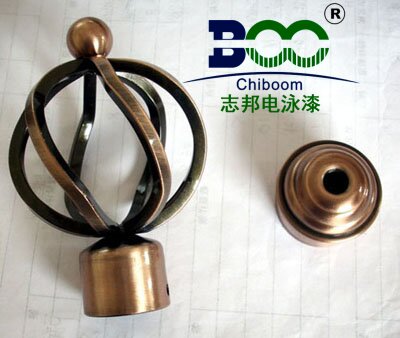Environmental Standard Testing for Electrocoat
With the deepening of environmental protection concepts, all industries are actively seeking more environmentally friendly and sustainable development methods. As an important material in the field of industrial coating, the environmental performance of electrocoat has also received extensive attention. Therefore, conducting environmental standard testing for electrocoat to ensure its compliance with environmental requirements has become an inevitable trend in the industry’s development.
Environmental standard testing for electrocoat mainly includes the following aspects: First, the detection of heavy metal content. Heavy metals such as lead, cadmium, and mercury are extremely harmful to human health and the environment. Through advanced testing equipment and technology, the content of heavy metals in electrocoat can be accurately determined to ensure it meets relevant national standards. Second, the detection of volatile organic compounds (VOC). VOC is one of the important substances causing air pollution, and the VOC content in electrocoat is directly related to its environmental performance. Through professional testing methods, the VOC content in electrocoat can be effectively controlled, reducing its impact on the environment.

In addition to heavy metal and VOC testing, environmental standard testing for electrocoat also includes many other indicators. For example, the detection of formaldehyde content, the detection of benzene series content, etc. These indicators are closely related to the environmental performance of electrocoat and require strict testing methods to control.
When conducting environmental standard testing for electrocoat, it is crucial to choose appropriate testing institutions and methods. Professional testing institutions have advanced testing equipment and technology, capable of providing accurate and reliable testing data. Meanwhile, reasonable testing methods can ensure the scientificity and fairness of the testing results.
Environmental standard testing for electrocoat not only helps protect human health and environmental safety but also promotes the healthy development of the electrocoat industry. Through testing, outdated production capacities can be eliminated, encouraging enterprises to adopt more environmentally friendly production processes and materials, thereby enhancing the environmental level of the entire industry.
In summary, environmental standard testing for electrocoat is an important means to ensure that electrocoat meets environmental requirements. With the continuous improvement of environmental standards and the advancement of testing technology, it is believed that the environmental performance of electrocoat will be further enhanced, making a greater contribution to the sustainable development of the industrial coating industry. Meanwhile, we should also recognize that environmental protection is a long-term and arduous task requiring the joint efforts of the whole society to promote a green, low-carbon, and circular development model.





 WeChat
WeChat